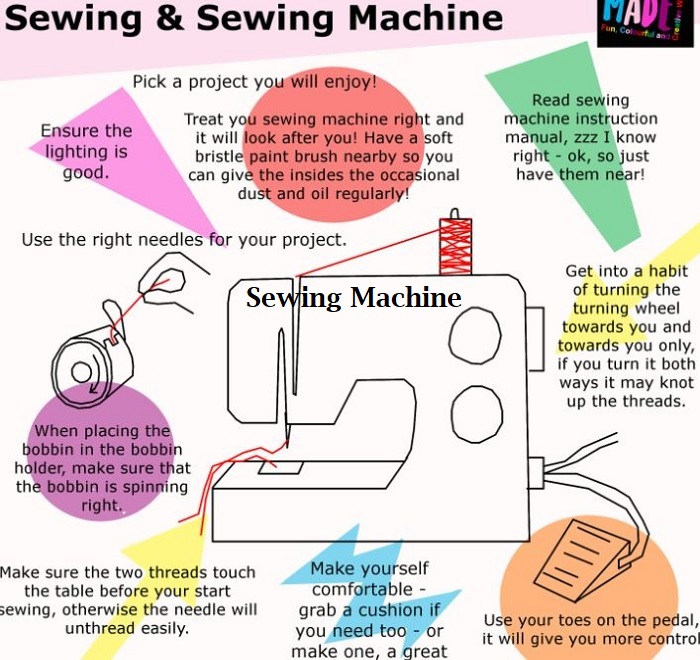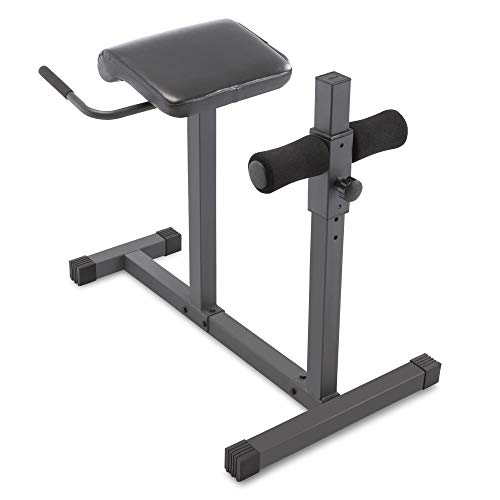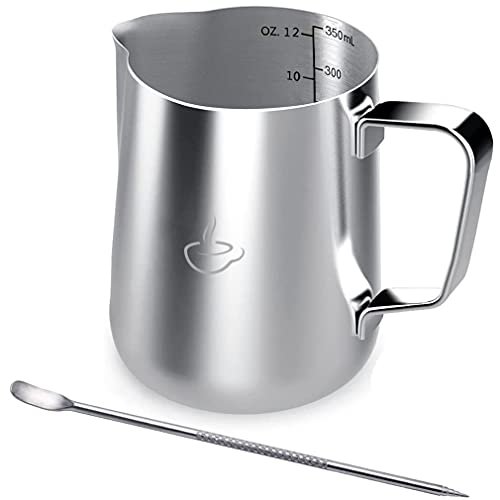Sewing may seem like a daunting task, but with the right resources, learning can be easy and fun. In this post, we’ll provide you with an overview of the process of learning to sew, as well as tips and tricks that will make the process smoother. How Long Does it Take to Learn to Sew? You’ll get here details about the topics.
We’ll also discuss the different types of machines available and how to choose the one that’s right for you, as well as how to get started without any prior sewing experience. Finally, we’ll cover different ways to learn sewing so that you can get started today!
Overview of the process of How Long Does it Take to Learn to Sew
Sewing is a skill that can be learned quickly if you take the time to learn step by step. Once you have completed the steps in this guide, you’ll have mastered the art of sewing. In this comprehensive guide, we’ll cover the process of learning to sew, from beginner level to advanced.
We’ll also provide tips on practice, patience, and dedication – three essential ingredients for learning any skill. Along the way, we’ll recommend materials and tools that you’ll need to get started sewing. sewing is a skill that can be used for a variety of purposes – from making clothes to repairing furniture. So, whether you’re a beginner or an experienced sexist, this guide is for you.
Sewing tips for beginners
Sewing can be a daunting process for beginners, but that doesn’t mean it has to be. There is no need to be afraid of sewing – it’s an easy process that anyone can learn. The best way to get started is by trying some simple tutorials online or in a magazine. Once you have a basic understanding of the process, you can move on to more complicated projects.

To make sewing easier, be sure to have the right tools – like a sewing machine and fabric. And, of course, be patient – it may take some time, but eventually, you’ll become a pro at sewing.
Hand sewing
If you don’t have a machine, or if you want to start slow, hand sewing may be the perfect option for you. With this method, you will need materials like fabric and notions like thread and needles. Once you have these supplies on hand, it’s easy to get started sewing – just follow the steps in a video tutorial or book.
Online tutorials
One of the best ways to learn new skills is by using online tutorials. There are hundreds of free resources available online that can teach everything from cooking tips to how to sew clothes.
Sewing class
If you want to learn more about specific techniques or want to take your sewing skills to the next level, a Sewing Class may be the perfect option for you. These classes usually last one or two days and teach everything from basic stitches to advanced design concepts.
Finally, don’t be discouraged if it takes some time before you achieve success as a sewer. Everyone takes a while to get used to new tasks. With patience and hard work, anyone can become a sewing expert. Next time you need to sew something yourself, remember these tips and you should be fine.
Learning process of the Sewing Machine
How to Sew with a Machine
If you are looking for an introduction to using a sewing machine, we have some great advice on how to get started. Our guide takes the mystery out of machines and explains everything from threading the needle to zigzag stitching.
To begin your adventure, be sure to read our starting tips and then take our quick test. After that, it’s time for you to choose your machine. Pillowcase Difficulty: Intermediate
3 Materials and Equipment you’ll need:
- Sewing machine
- Fabric (something to sew with)
- Thread (different colors for different parts of the project) In this tutorial, you will learn how to sew a pillowcase.
More advanced stitches and techniques for experienced sewers
Sewing can be a fun and rewarding activity, but learning advanced stitches and techniques can be daunting for experienced sewers.
That’s where this guide comes in. It will teach you the skills needed to sew garments of all types, sizes, and shapes. Plus, the step-by-step instructions are easy to follow. In this comprehensive guide, you’ll learn about bias binding and binding off seams, envelope closure sewing, and more. So if you’re looking to up your sewing machine, this is the guide for you.
The different types of machines available for sewing
Sewing can be a fun and rewarding activity that can be enjoyed by anyone. However, it can be daunting for those who are not experienced or don’t have the right machine.
That’s where this guide comes in! We’ll explore the different types of machines available for sewing and help you select the right one for your needs. In addition to this, we’ll also provide tips on how to use them and resources to learn more about sewing machine types. So, whether you’re a beginner or an expert seamster, read on for a comprehensive guide to sewing.
Simple project
Pillowcase Difficulty: Easy
2 Materials and Equipment you’ll need:
- Sewing machine
- Fabric (something to sew with)
- Thread (different colors for different parts of the project) In this tutorial, you will learn how to sew a pillowcase. This is a beginner-friendly project that is easy enough for even those who are new to sewing! Plus, the step-by-step instructions are easy to follow and there are no special tools or materials needed other than what you likely already have at home.
Sewing project Big
Make simple crafts and gifts with our free sewing patterns. You don’t need to be a master seamstress to make these projects, since they’re for all skill levels.
It’s also a simple way to transport them! This clever utensil holder has divided pockets to fit both narrow and wide items, so you can corral your eco-friendly utensils, reusable straws, or makeup brushes inside.
How to start sewing without any prior knowledge
Sewing can be a great hobby for those who want to learn how to make their clothes. Whether you’re a beginner or an experienced seamstress, this guide will help you get started. The first step is to choose the project that you want to sew.
There are many different sewing tutorials available online, so it’s easy to find the one that’s right for you. Once you have chosen the project, start by following the instructions and choosing the correct fabric and garment type. There are also many sewing tutorials available that cover a variety of topics, so it’s easy to find the one that’s right for you. sewing is a great way to learn how to sew and make your clothes, and with this comprehensive guide. You’re well on your way to becoming a seamstress. You may search the internet and get details on Wikipedia about it.
Types of fabrics and their properties
There’s no need to be intimidated by sewing – with the right knowledge and some practice, learning to sew is a breeze. In this guide, we’ll teach you all about the different types of fabrics and their properties. This will help you create garments that are both stylish and functional. So, what are you waiting for? The most useful 3 types of fabrics are here.
- Wool cotton
- Silk,
- And linen
Wool cotton
There are different types of wool, each with its unique properties. Some materials like acetate and rayon have a very low friction coefficient, making them good for garments that require stretch or movement. Polyester has a higher friction coefficient than wool but is less durable; it’s ideal for items that need to be washable often, such as T-shirts. Cotton is perfect for everyday wear because it’s both comfortable and durable.
Silk
Silk is one of the most luxurious fabrics on the market. Used most commonly in luxury clothing items like dresses and scarves. It has a high friction coefficient, making it difficult to sew. However, this property makes silk very strong and resistant to wear and tear.
Linen
Linen is a sturdy fabric made from flax fiber. It has a low friction coefficient and absorbs moisture well, which means it’s good for items that need to be dry – like aprons or towels.
Different ways to learn how to sew
There are limitless ways to learn how to sew, and that’s great news for sewers of all levels of experience. Whether you’re a beginner or an experienced seamstress, getting creative and having fun is the key to learning how to sew quickly and easily.
One great way to do this is by using books as your primary learning resource. With detailed instructions and helpful diagrams, they make learning sewing techniques easy and fun. Furthermore, online resources like YouTube can be a tremendous help in learning how to sew. With step-by-step instructions and helpful drawings, they make the process much easier. So, whether you’re a beginner or an experienced seamstress, there are plenty of great ways to learn how to sew!
People also ask
Should I buy a sewing machine or learn to sew by hand?
If you’re new to sewing and want an automatic machine, then get a basic model like Brother or Janome. Although there are pros and cons to both methods of learning to sew, the most important factor is that you find a method that works for you. However, if your main goal is speed and efficiency – learn by hand! In fact, according to some experts, it takes around half the time to sew by hand as compared with using an automated machine. So what’s the verdict? There isn’t a simple answer, it all depends on what you’re looking for in terms of sewing skills. What’s more, both methods have their own set of pros and cons – so it’s up to you to decide which one is best for you.
Are there any online resources that can help me faster and better in my quest for seam literacy??
There are several good ways to learn seam literacy faster and better. Some great resources include beginner sewing books or instructional videos on YouTube. Additionally, there are many online courses available on Udemy, Skillshare, and Lynda that will teach you the basics of sewing in just a few weeks or months. The best thing about these courses is that you can find them relatively easily and at a fraction of the cost of traditional sewing schools. How To Make A Sewing Machine Lift? During the lifting process, other fabric details might stretch or even make them bend.
Can you make money with an embroidery machine?
There is no one-size-fits-all answer to this question, as the profitability of embroidery depends on a variety of factors including your skill level, the type of design you’re trying to create, and the machine you own. However, if you have basic embroidery skills and are looking to monetize them via online tutorials or commissioned work then an embroidery machine could be the perfect option for you.
Embroiderers UK reports that there is significant earning potential in the embroidery industry. So, it’s worth considering. Machine sewing can be a little more difficult than hand sewing, but if you have the patience and basic machine-handling skills then it’s possible to make money with an embroidery machine.
How long will it take me to learn how to sew well?
Some people think that sewing is difficult and that it takes a lot of practice before you can become good at it. However, this is not the case! Sewing is quite simple and anyone can learn how to do it if they pay attention and follow some beginner’s sewing guides.
Begin by following one or more beginner’s sewing guides and practice sewing a few times until you get comfortable with the process. There are many sewing tutorials, books, and online resources that you can use to start learning how to sew. Once you have a grasp on the basics of sewing, you can venture out and try sewing different kinds of clothes, accessories, and home furnishing items. sewing is not rocket science – so give it a go!
What are some common mistakes that new Sewers make?
Some of the most common mistakes that new Sewers make are not using enough seam allowances, sewing with the wrong fabric, hemming the edges incorrectly, and not following a proper pattern or sewing tutorial. Simple things like not adding seam allowances can lead to incorrectly sewn garments, and sewing with the wrong fabric can cause excess bulk or pucker.
How long does it take to learn how you sew?
There is no set period that it takes to learn how to sew; everyone learns at their own pace. However, some people report taking around a few hours to a couple of days to become comfortable with the basic stitches and techniques. There is a good ideas to help speed up the learning process, such as using beginner’s sewing guides or following online tutorials.
If you want to buy a sewing machine then you may go to our Amazon Affiliate links.
There are also related links that you may like to choose the Best Sewing Machine For Cosplay, Best Janome Sewing Machine Under $500, and the Best Sewing Machine For Jeans.
What’s the difference between bobbin and spool?
A bobbin is a round, plastic container that holds the yarn and machine thread in your sewing machine. The spool (or “spool of thread”) attaches to it, and this allows you to sew multiple pieces of fabric at once. Wardrobe staples like a shirt, skirt, or pair of pants usually come with spools of thread.
What types of fabrics should I start with when learning to sew?
When you’re learning to sew, it’s important to start with easy-to-sew fabrics like cotton and rayon. After you’ve mastered sewing on these types of fabrics, you can then move on to harder materials like polyester and spandex. It takes around 10 hours of sewing practice per week for beginner sewers to get good at it. So be sure to set aside some time each week to practice. Template patterns, sewing tutorials, and fabric stores can also help you learn how to sew.
Final Word
Sewing can seem like a daunting task at first, but with the right tools and instructions, learning to sew is incredibly simple.
In this post, we have covered everything you need to know to get started sewing, from the process of learning to sew to the different types of machines and fabrics that are available. So whether you’re a beginner or an experienced seamstress, make sure to read through this comprehensive guide.








